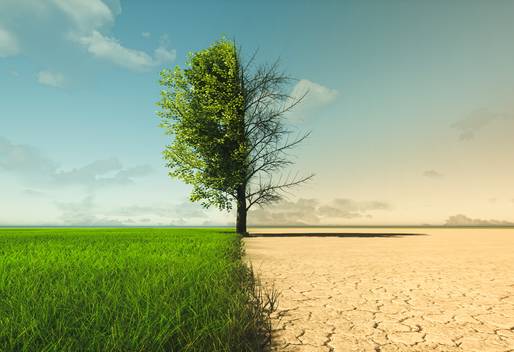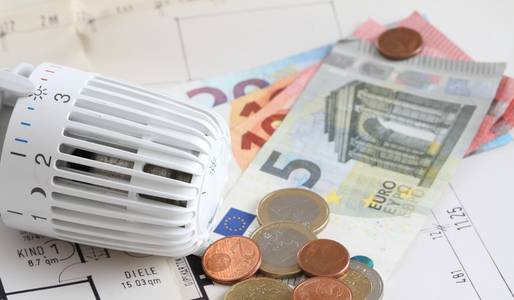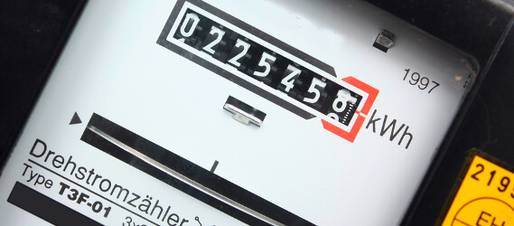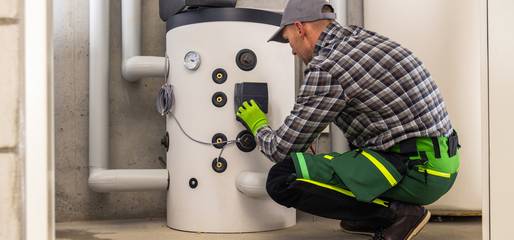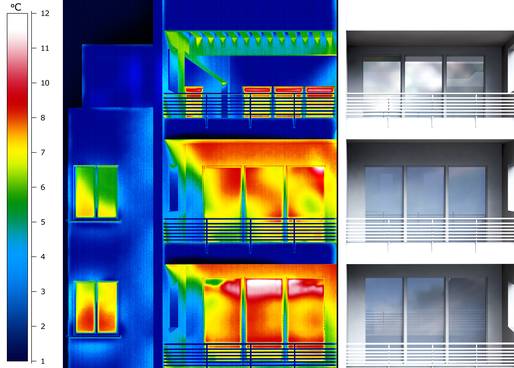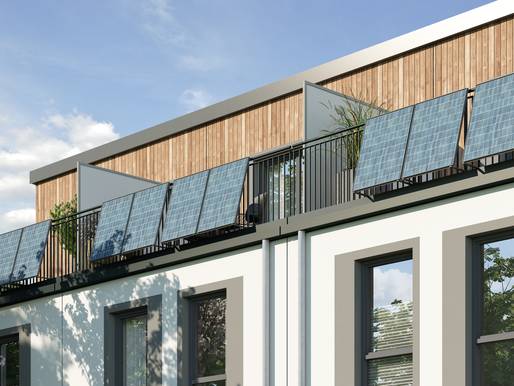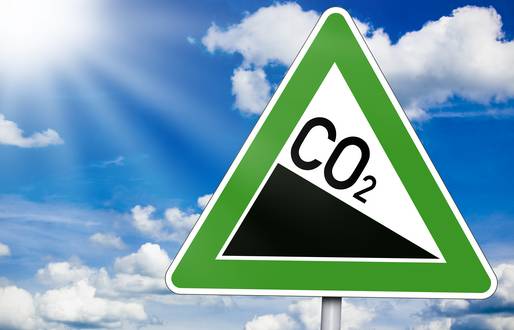Saving energy » Tips & ways to reduce your energy consumption
Updated: 16.10.2024 | Reading Time: 6 minutes
This text is machine translated.
Saving energy has never been as important as it is today. A quick glance at the latest news shows this. Melting glaciers, unprecedented periods of heat and heavy rainfall with new floods of the century are the dramatic consequences of global warming.
Looking at these frightening scenarios, the question arises as to whether individuals can influence this dramatic development at all. The answer to this not unjustified question is quite clear: yes, they can.
Even if the personal share of energy consumption for heating or cooling is rather small, the sum of all potential energy savings is clearly noticeable. And the more people take part, the more positive the impact on the global ecological balance and the climate.
Another aspect of saving energy that should not be underestimated is the financial aspect. Industry, trade and many companies have long since recognized this: Saving energy also means saving costs. We would be happy to explain to you how you too can save twice as much.
Saving energy should be a top priority for all of us. There are a number of important reasons why the economical use of energy is currently so important at home and at work. Here are a few examples:
Climate protection
Saving energy reduces the emission of greenhouse gases such as carbon dioxide (C02). This slows down the global warming mentioned at the beginning.
Conserving resources
Limited fossil fuels are often used for heating or power generation. The remaining resources can be used for longer through targeted conservation measures.
Cost savings
Every liter of heating oil not consumed and every kWh of electricity or gas not used saves money. With high energy costs, this is clearly noticeable in the account balance.
Sustainability
Climate protection and resource conservation are two important points in themselves. In addition, these goals are also important steps towards a sustainable future with renewable sources.
Conclusion
On closer inspection, saving energy is a win-win situation in which both the environment and every active participant benefit to a not inconsiderable extent.
Heating accounts for around 70% of a building's energy costs. For this reason, this is also where there is the greatest potential for saving energy.
Everyone should be aware that a heating system that is over 30 years old without a thermostat is extremely inefficient, even if it still appears to be working well.
Such outdated burners, boilers, appliances and systems are definitely no longer up to date.
But a new and energy-efficient heating system also offers plenty of savings potential:
Set the right room temperature
An overheated room with dry air is unhealthy and also requires a lot of energy. That's why the temperature on the radiator should be set as low as possible without making you feel uncomfortable. The recommended temperature is around 20 to 22 °C. At even lower temperatures, there is a risk of mold growth.
Targeted control of room temperature
The room temperature has a very strong effect on the energy requirement of the heating system. The higher the temperature, the more energy is required. Ideally, programmable thermostats should be used on the radiators. Depending on the presence in the room, different temperatures can then be set at certain times.
Ventilate properly
Especially in winter, when the windows are normally closed, you need to air the room from time to time. To do this, open a window in the room wide for a few minutes. This shock ventilation allows the stale air containing CO2 to be replaced with fresh air in a short space of time without the room cooling down significantly.
Our product suggestions for saving heating costs
Electricity costs account for around 15 % of the energy costs of a household or building. That doesn't sound like a lot at first.
However, if it is a large building with many appliances, the costs incurred for electrical energy can be quite high.
In most cases, however, this area also offers enormous savings potential that can be easily exploited.
Exposing power guzzlers
For most older large electrical appliances, manufacturers focused primarily on functionality rather than power consumption. According to the EU energy label, new appliances have a significantly lower power requirement. You can quickly and easily determine whether your fridge, freezer, washing machine or circulation pump is consuming too much electricity using an energy cost meter.
Using energy-saving lighting
Although the sale of incandescent light bulbs has been banned for over ten years, these inefficient light sources with high power consumption can still be found in many households. Incandescent bulbs and problematic energy-saving bulbs should be replaced with energy-saving LED light sources. We have clearly explained the different specifications for light sources in our guide to lighting technology.
Save standby power costs
Devices that are rarely used or are in standby mode 24 hours a day should be disconnected from the mains when not in use. Master/slave socket strips with a primary/secondary function provide a convenient solution here. But switchable adapter plugs, multiple socket outlets and timers are also perfect for convenient disconnection from the mains. Motion detectors ensure that lights are controlled as required.
Our product suggestions for saving electricity costs
Reduce water consumption
Probably the easiest way to reduce hot water costs is to reduce consumption. One effective way to reduce consumption is to take a shower instead of a bath. Five minutes in the shower only uses around 50 liters of hot water instead of 140 liters for the bath. Aerators and shower heads with an energy-saving function offer further savings potential.
Lower the water temperature
Even when we talk about hot water, the water coming out of the tap is often so hot that cold water has to be added. This is not really necessary. Reducing the water temperature saves heating costs and means that not so much heat is unnecessarily released into the environment via the boiler and pipes.
Optimize circulation control
To ensure that hot water is immediately available when the hot water tap is turned on, the pipework is designed as a ring. But even if no hot water is drawn off, the circulation pump constantly delivers hot water, which then cools down in the pipes. A circulation control system that is based on the actual water demand solves the problem.
Our product suggestions for saving hot water costs
High energy prices are an enormous financial burden for both private individuals and companies. It becomes even more annoying when the expensive energy sources purchased go to waste. However, we are not talking about the heating in the office being turned up to the maximum while the window is open or the fridge door not closing properly. This obvious waste of energy is easy to recognize and simple to turn off. It is much more about energy losses that go completely unnoticed or are well hidden. All it takes to find the problem areas is a bit of sleuthing and the necessary equipment.
In winter, leaking doors in office buildings or poorly closing windows can be recognized very quickly by fogged windows or a cool draught. However, concrete statements regarding the actual heat loss or any cold bridges are ultimately only possible with a thermal imaging camera.
The purchase of such a device will quickly pay for itself for companies, as they are already available at low cost. In addition, the measuring devices can also be used to detect unacceptable heat development in switchgear, installation cabinets or machines in the event of faulty components at an early stage. This means that maintenance and repair work can be planned and carried out in good time before a complete system failure.
As an alternative to a thermal imaging camera, an inexpensive infrared thermometer can help to check the correct temperature distribution in heating systems, for example. However, an increased moisture content in walls and insulation also has a negative effect on thermal insulation performance. It therefore makes sense to use a suitable material moisture meter to determine the actual residual moisture on site.
Our product suggestions for finding energy losses
Saving electricity and heating effectively are a step in the right direction in times of exploding energy prices. It is much more efficient to use renewable energies such as solar and wind power for heating, hot water and electricity generation. In contrast to oil, gas or pellets, the power of the sun and the resulting wind are completely free.
Photovoltaic systems
In addition, the environment is not unnecessarily burdened with CO2 and solar energy will continue to be an absolutely reliable source of energy in the future. For this reason, solar energy should be used even more than before. The technology required for this is already available on the market. And it doesn't always have to be seemingly limitless solar plant parks.
Photovoltaics also work on a small scale, as solar lights or balcony power plants clearly demonstrate. For higher energy requirements, there are practical solar kits that contain everything you need for an off-grid solar system. Our island solar system planner helps you to find the right sized products such as solar modules, charge controllers or solar batteries. Or you can put together your own solar system according to your individual requirements.
Solarthermie-Anlagen
But it is not only electricity generation that is possible with the help of solar radiation. Efficient and free water heating with solar power is also possible without any problems and saves a lot of energy.
An antifreeze circulates in so-called vacuum flat-plate collectors, which can heat up to over 100 degrees Celsius when exposed to direct sunlight. The heat exchanger in the boiler transfers the heat to the domestic hot water, which is then easily heated to 70 degrees or more.
Even on cold and sunny winter days, these solar collectors still reach temperatures of 50 degrees or more and thus support hot water preparation. The installation costs are far lower than you might think. In contrast, the cost savings are enormous, so that solar thermal systems pay for themselves after a short time.
Wind power plants
Wind generators are the perfect complement to solar systems. The great advantage of these systems is that they can supply electricity not only during the day, but also at night. A slight movement of air is often enough to power the fridge, TV and LED lighting in the home, for example.
Our product suggestions for photovoltaics and wind power
As already shown, there are many good reasons to save energy. The opportunities for saving hot water or using energy-efficient heating systems, refrigerators or washing machines are also enormous.
The most important thing, however, is that everyone takes part.
Because if only as much water is heated in the kettle as is actually needed, the energy saving in this individual case is rather small.
All in all, many small savings very quickly add up to a really big effect that has a positive impact on both our climate and our future.
